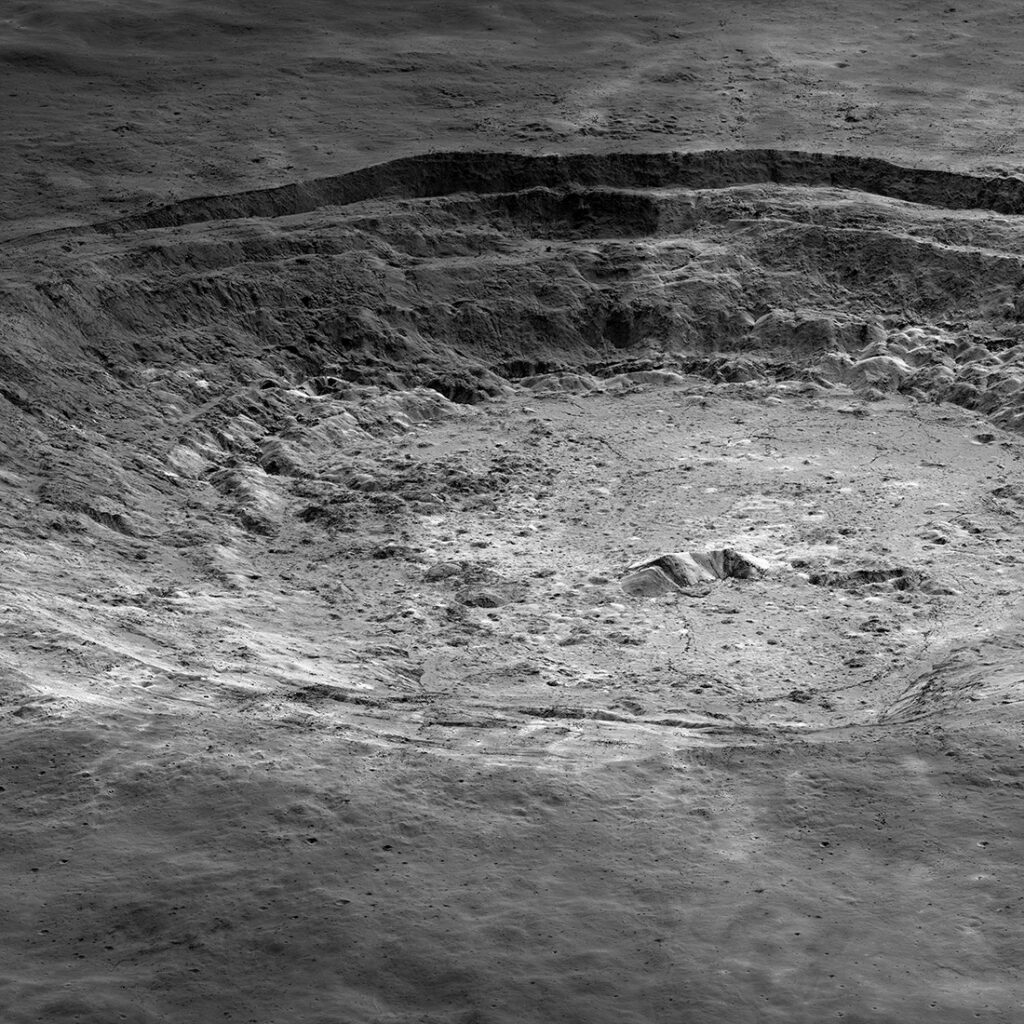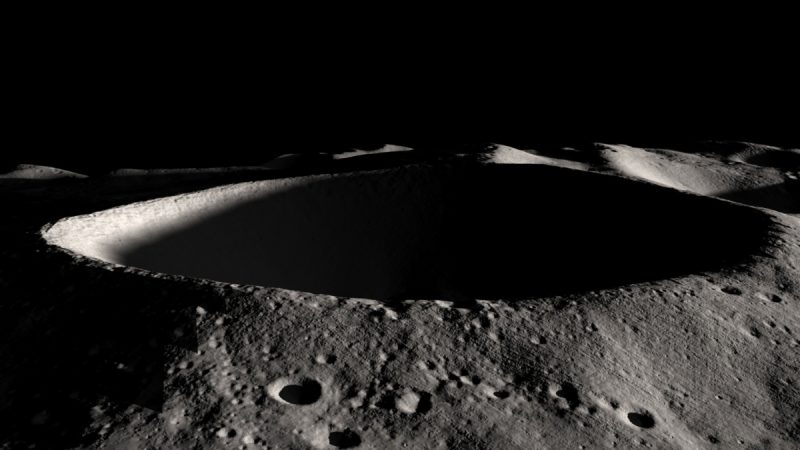We’ve suspected there was water on the moon for about a decade, but there was some room for interpretation. Well, not anymore.
“It’s actually 40,000 square kilometers,” Paul Hayne, one of the study authors, tells me, pointing out a typo in a press release. That’s 40,000 square kilometers that could host water on the moon.

The moon has a swarm of shadowy traps — traps where the sun never shines, cold enough that they could host water. It’s not the first time something like this has been speculated by researchers. In 2009, NASA scientists found water molecules in the polar regions of the moon.
But the 2009 study couldn’t really tell whether it was really (frozen) water or if there water is entrapped in lunar rocks. If this were the case, then the rock-embedded water (in a form called hydroxyl) wouldn’t really be of much use to potential moon missions. Now we know: it’s not.
As my colleague Rob points out, water has a distinct chemical signature that hydroxyl doesn’t, but it’s not always visible: you have to use the right instruments to see it. Casey Honniball and colleagues analyzed data from the Stratospheric Observatory for Infrared Astronomy (SOFIA) airborne telescope that observed the Moon at 6 micrometers (or microns) wavelengths. At this wavelength, the chemical signature of water becomes detectable, which confirmed that the 2009 study was on the money — it is indeed molecular water, not water that’s trapped in geological structures.
But this is just one of the puzzle pieces published today. In the other one, Paul Hayne and colleagues explored phenomena called “cold traps”.
Where the sun doesn’t shine
Imagine standing on the surface of the moon, near one of its poles, Hayne explains. You’d see a lot of shadows — shadows where the sun doesn’t shine, that are cold enough to preserve frozen water even without a lunar atmosphere.
“All of this area could harbor water ice, because these are regions where the temperature is so low (less than -163 °C) that ice is stable for billions of years.” There’s a lot of area that could hold water, but it’s not clear just how much there is. “However, we do not yet know how much is there.”

Hayne and colleagues found that cold traps could vary drastically in size, down to just 1 centimetre in diameter. The smaller ones are much more common, Hayne notes, and all traps are more common in the polar areas. where light falls at more of an angle.
“Our findings suggest that water deposits in the micro cold traps are much more geographically widespread in the polar regions,” he explains.
What this all means
The immediate significance of this discovery is practical: if there’s a lot of water on the moon, then there’s a lot of water that could be used in lumar missions — and having access to water is an excellent starting point for a prospective lunar base, or even a research station.
“This discovery should make it easier to perform extraction and utilization for both science and exploration missions in the future,” Hayne also explains.
But the fact that the moon could host water is only a part of the story; where did that water come from in the first place?
Water may have been delivered to the Moon over geological timescales by an astronomical bombardment, Haynes says. Understanding where it came from could even reveal where the water on Earth is sourced. But if we really want to figure that out, remote observations just won’t do.
“The mostly likely sources based on current understanding are: 1) comets, 2) asteroids and interplanetary dust, 3) solar wind protons, and 4) volcanic outgassing from the Moon itself. We will need to get down on the surface and analyze the ice deposits directly in order to understand which of these sources dominates. This also would shed light on the origins of Earth’s water.”
Journal References:
- C. I. Honniball et al. Molecular water detected on the sunlit Moon by SOFIA. Nature Astronomy (2020). https://www.nature.com/articles/s41550-020-01222-x
- P. O. Hayne et al. Micro cold traps on the Moon. Nature Astronomy. https://www.nature.com/articles/s41550-020-1198-9






